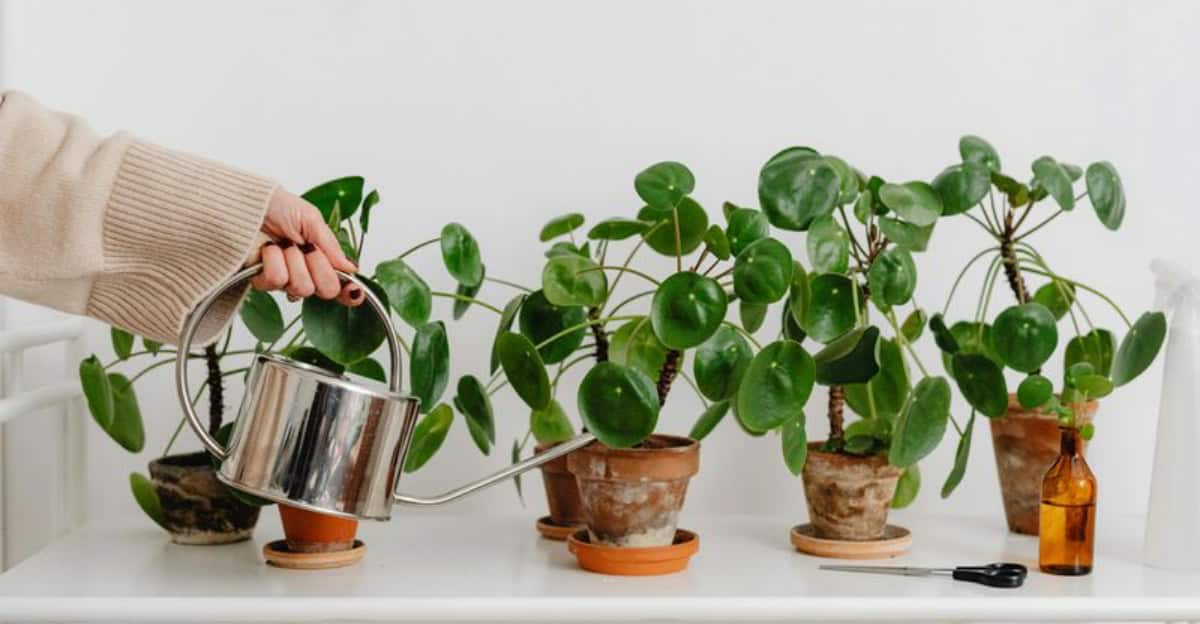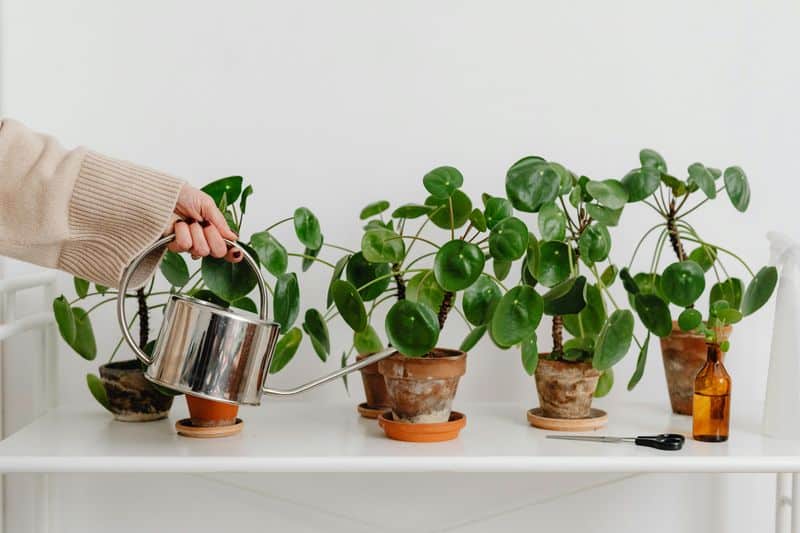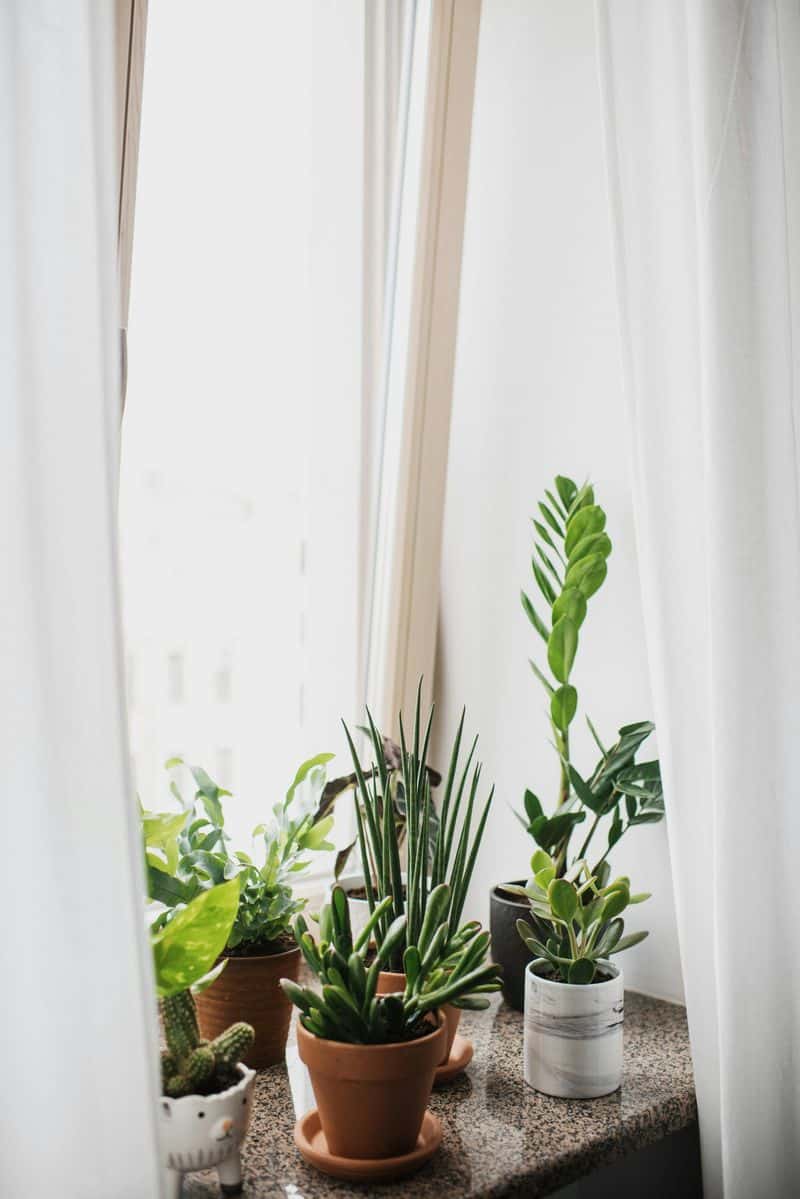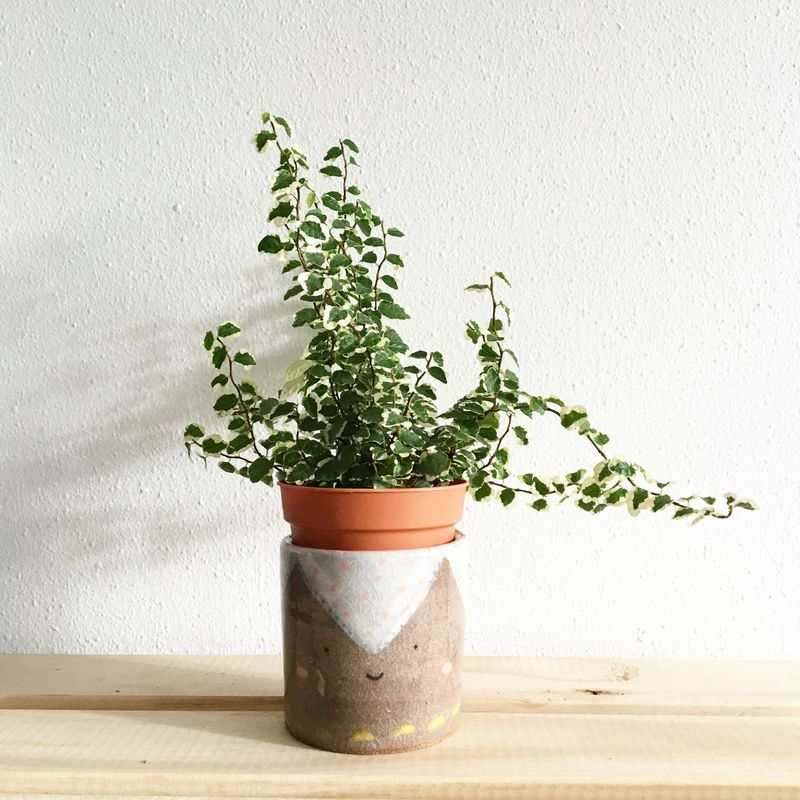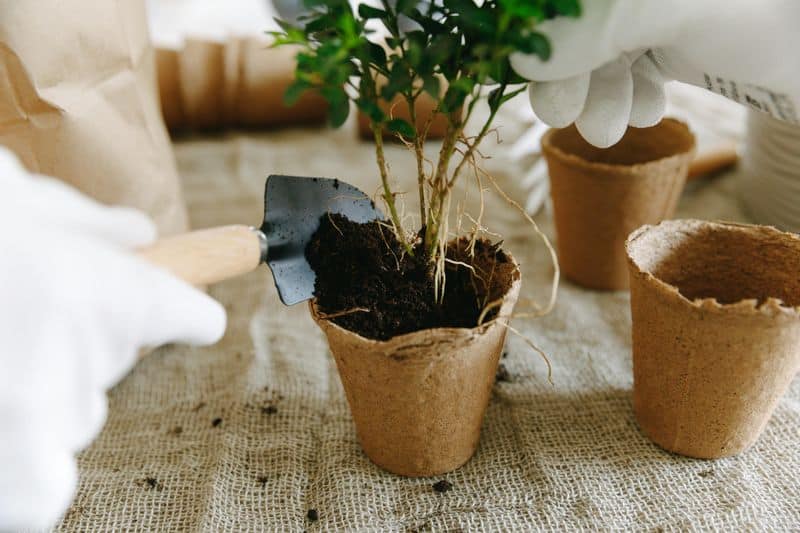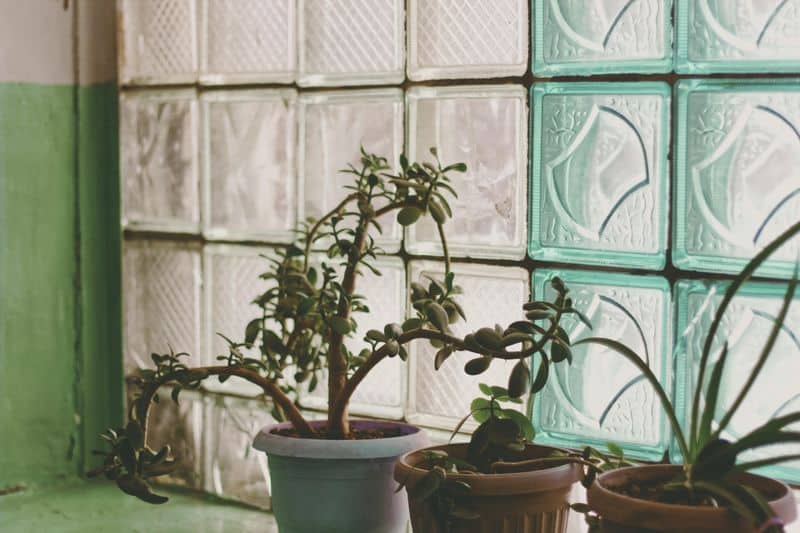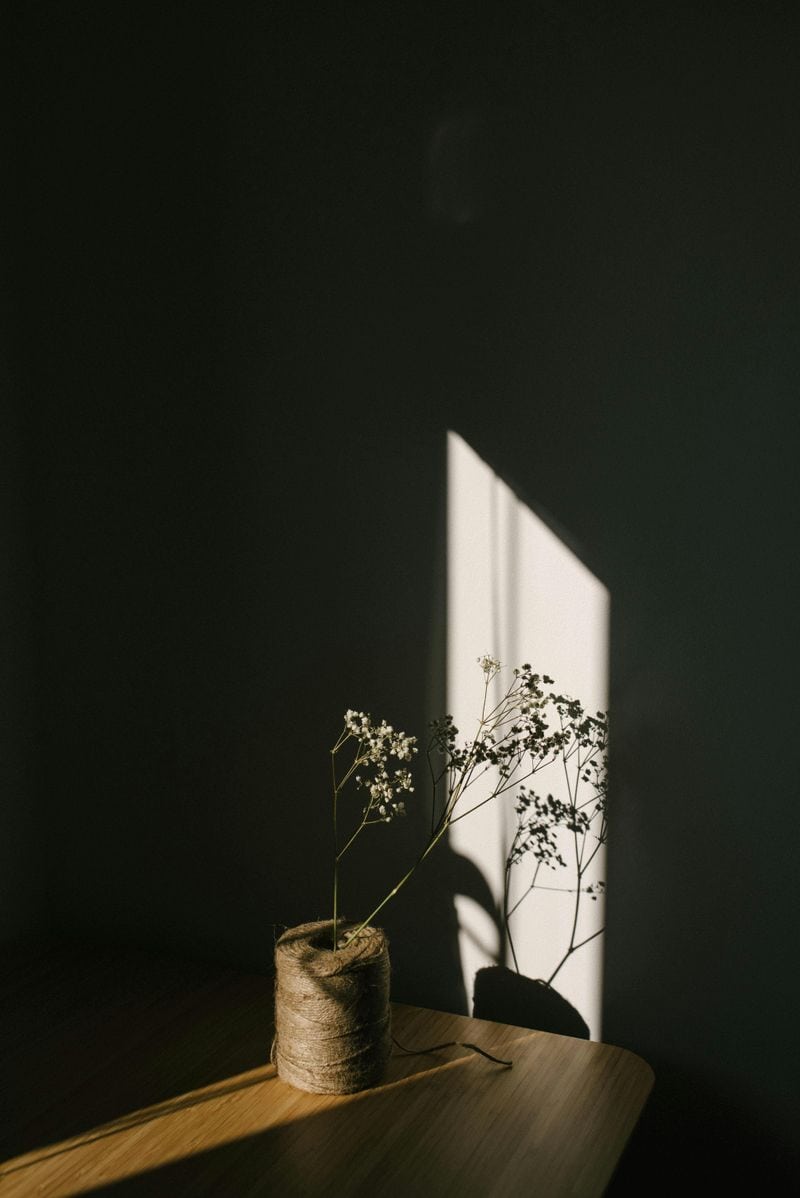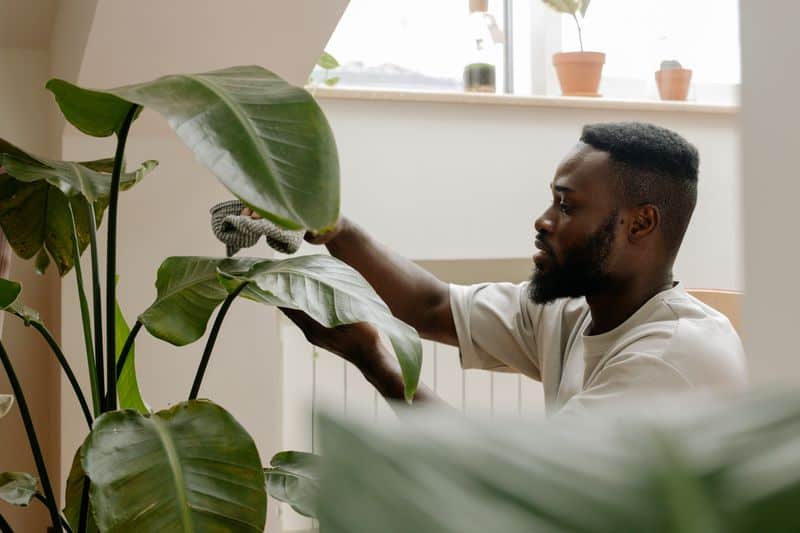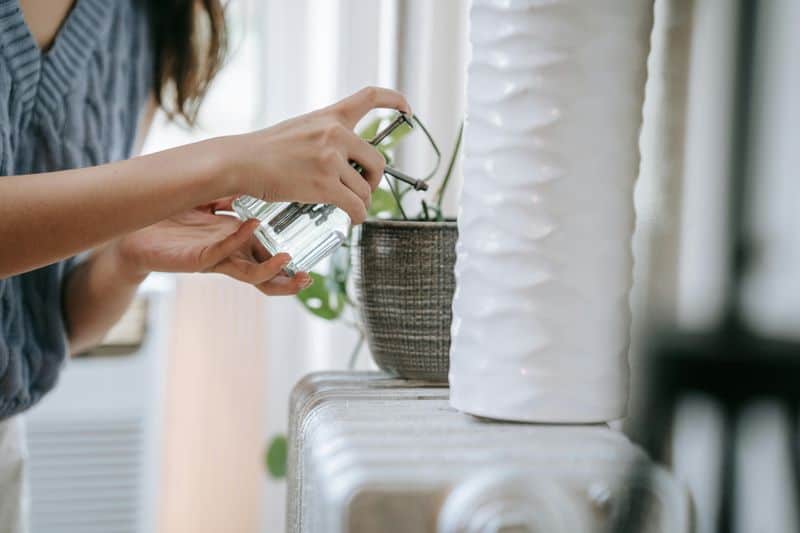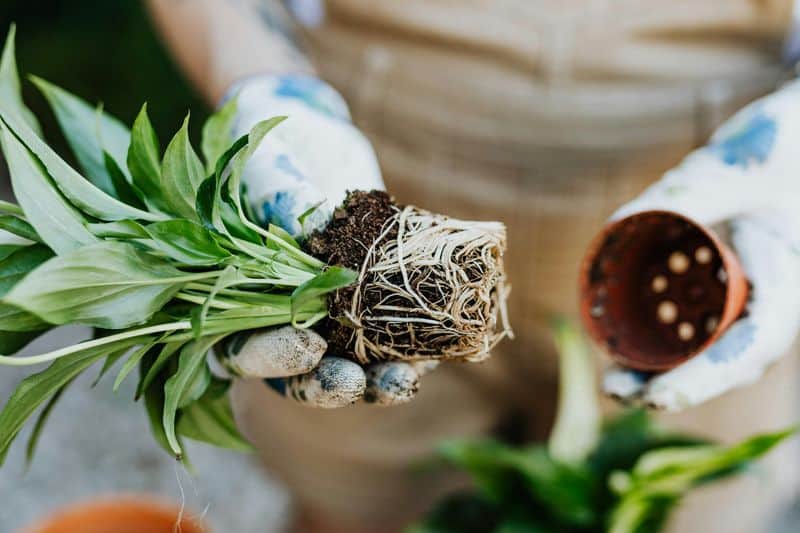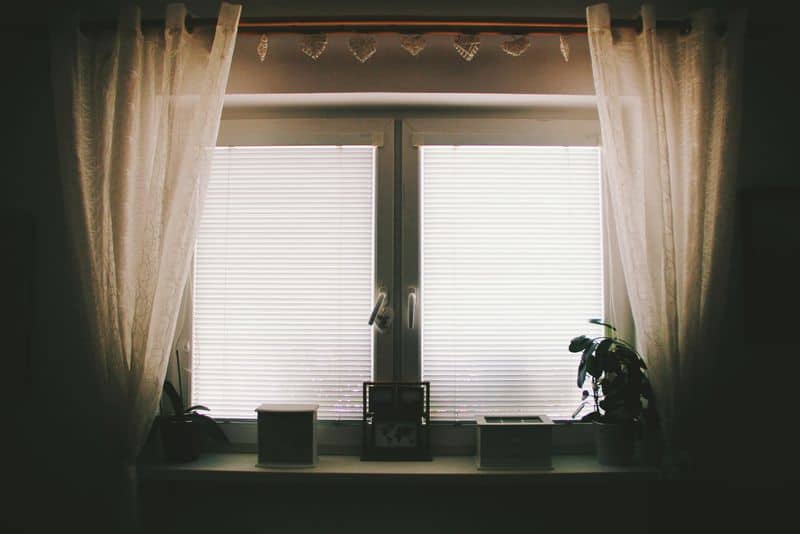Keeping houseplants alive and thriving is an art that requires patience, knowledge, and sometimes, a sense of humor.
Many plant parents unknowingly commit blunders that slowly but surely lead to their green companions’ demise.
In this article, we’ll explore ten common mistakes that could be hindering your plants’ growth and happiness, with a light-hearted touch to ease the sting of truth.
Keep reading to discover if you’re guilty of any of these plant faux pas and learn how to correct them.
1. Overwatering
Oh, the dreaded act of too much love! Overwatering is the number one plant killer. Your green friends appreciate hydration, but they’re not fish.
Waterlogged soil can suffocate roots, leading to fatal root rot. Check the soil’s top inch; it should be dry before watering again.
Consider using a moisture meter if your fingers can’t be trusted. Remember, different plants have varying needs. Cacti enjoy a good drought, while ferns prefer a rainforest vibe.
When in doubt, err on the side of less water. Your plants will thank you for the breathable soil!
2. Potting without Drainage
Plants without drainage are like humans without coffee: doomed to fail. Pots lacking drainage holes trap excess water, drowning your beloved flora.
The result? Root rot, a slow and painful plant demise. To avoid this tragedy, ensure pots have drainage holes and use saucers to catch excess water.
Repotting can be a hassle, but it’s a small price to pay for healthy roots. If you’re attached to a pot without holes, consider drilling them or using it as a decorative cover for a plain, functional pot inside.
Your plants will breathe a sigh of relief!
3. Not Watering Enough (Duh)
Yes, it’s possible to love your plants too little. Neglecting to water is a surefire way to turn vibrant leaves into crispy critters.
While overwatering is common, underwatering can be just as detrimental, causing wilting and stunted growth. Watch for drooping leaves and dry soil.
Set a watering schedule to keep your plants satisfied. Consider your plants’ specific needs and adjust according to season; they might need a drink more often in the summer.
Remember, consistency is key, and your plants will reward you with lush, happy leaves.
4. Using the Wrong Soil
Imagine trying to grow carrots in a sandbox. Using the wrong soil can stunt your plant’s growth and even lead to its untimely demise.
Each plant species has its own soil preference that mimics its natural habitat. Sand for succulents, peat for ferns, and so on.
Mixing your own soil blend might seem daunting, but it’s worth the effort. Research your plant’s native environment and adjust accordingly. Invest in quality potting mix or seek advice from a local nursery.
Your plants will thrive when given the right foundation to flourish.
5. Moving Your Plants Around
Plants enjoy stability, and constant relocation can stress them out. Moving your green babies disrupts their acclimatization to light and temperature, causing leaf drop and growth issues.
Like us, they need time to adjust to new surroundings.
Find the perfect spot for your plant by observing its light and temperature preferences, and let it stay there. If you must move it, do so gradually, allowing it to adapt.
This ensures happy roots and a content plant. Stability brings growth, so resist the urge to redecorate too often.
6. Not Enough Sunlight
Plants, much like sunbathers, need their dose of sunlight to thrive. Without enough light, plants become leggy, pale, and sad.
To ensure your green friends get what they need, consider their light preferences and place them accordingly.
For sun-loving plants, a bright south-facing window is ideal. Others may prefer filtered light or a spot further from the window.
If natural light is scarce, consider supplementing with grow lights. Happy plants basking in sunlight will repay you with vibrant growth and lush leaves.
7. Not Dusting the Leaves
Plants breathe through their leaves, and dust is their nemesis. A layer of dust can block sunlight and hinder photosynthesis, leaving your plant gasping for air.
Regularly cleaning leaves keeps them healthy and happy.
Use a damp cloth or a gentle spray of water to remove dust. For plants with delicate leaves, a soft brush works wonders.
Regular leaf cleaning also helps you spot pests early. A little housekeeping goes a long way in ensuring your plants’ well-being and lush appearance.
8. Ignoring Humidity Requirements
Humidity is essential for many houseplants, especially those hailing from tropical regions. Dry air can lead to brown leaf tips and unhappy plants.
If your home resembles a desert, it’s time to add some moisture to your plants’ lives.
Use a humidifier, place a water tray nearby, or mist the leaves to boost humidity. Grouping plants can also create a microclimate.
Understanding and meeting your plants’ humidity needs will result in healthier, more vibrant foliage. Your green babies will thank you for the spa-like conditions.
9. Repotting Incorrectly
Repotting is a necessary evil. Done incorrectly, it can be a disaster. Using a pot that’s too small or not removing excess soil can suffocate roots.
Overzealous handling might damage them. The goal is to give roots room to breathe and grow.
When repotting, choose a pot slightly larger than the current one. Gently loosen roots and remove dead bits. Use fresh soil to encourage growth.
Offering your plant a new home can be a scary process, but with care, it leads to prosperous foliage and happier plants.
10. Placing Plants in Direct Sunlight
Not all plants are sun worshippers. Some thrive in indirect light and placing them in harsh sunlight can lead to scorched leaves and stress.
Understanding your plant’s light needs is crucial to its health and happiness.
Observe how your plant reacts to its environment. If leaves start to brown, it might need a shadier spot.
Use sheer curtains to diffuse light or relocate the plant to a less intense area. Happy plants tend to avoid sunburn, thriving in the perfect balance of light exposure.

